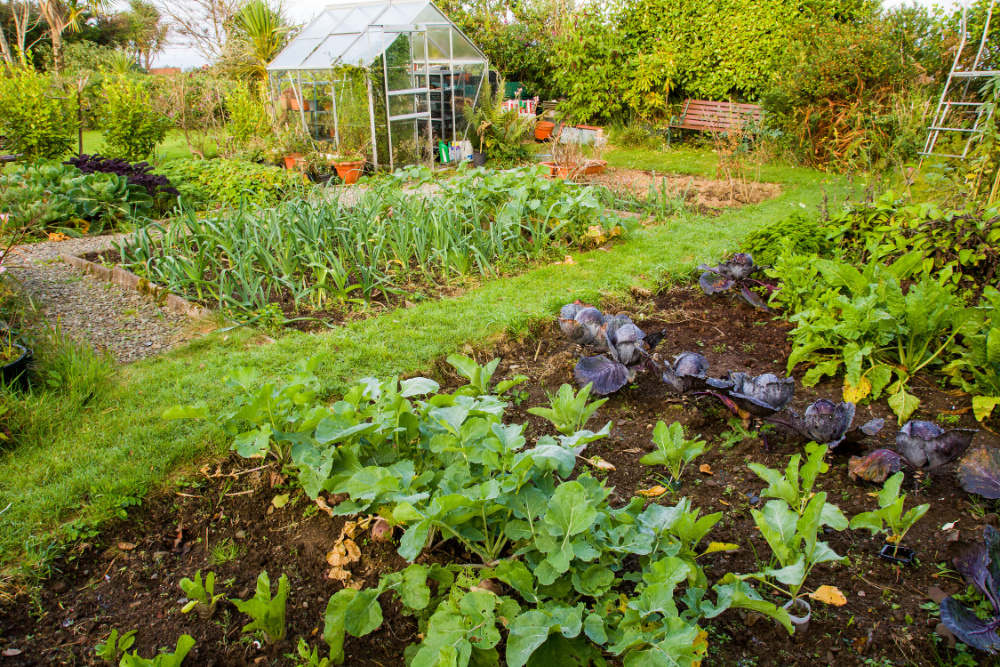
Gardening in June: What You Can Plant and Sow
In June, the gardening season is already in full swing. That means there's plenty to do to "keep the store running". From the first harvests, to tending your beds, to sowing succession crops: there's enough gardening work in June to keep you from getting bored. This article gives you an overview of what you can do to make your harvest a complete success.
This Article Contains:
- Garden in June: Harvest Time
- Gardening in June: Caring for Vegetable Plants
- Sprouting and Training Tomatoes
- Thinning and Watering Cucumbers
- Check Plants for Diseases
- Weeding and Mulching Beds
- What Can I Plant and Sow in June?
- Direct Sowing in the Bed
- Sowing and Planting Zucchinis and Pumpkins
- Preplanting and Sowing Winter Vegetables
- Sowing or Planting Leeks Directly
- Planting Late Potatoes
- Frequently Asked Questions About June Gardening Month
Quick Overview
Harvest in June: This Is Ready to Harvest
- Early potatoes, lettuce, carrots, spinach, chard, peas, rhubarb, asparagus
Gardening in June: Caring for Vegetable Plants
- Pinch out and train tomatoes
- Thin out cucumbers and water regularly
- Regularly weed freshly sown beds and mulch all beds
- Check the garden once a day to detect diseases, pests or nutrient deficiencies early on
Sowing and Planting in June
- Gap fillers: lettuce, radishes, kohlrabi, carrots
- Late crops: bush beans and runner beans, peas, zucchinis and pumpkins, chard, various types of cabbage, leeks and late potatoes
Garden in June: Harvest Time
If you were industrious in spring, you can already harvest a lot from the garden in June. In addition to early potatoes, you can also pick lettuce, radishes, peas, carrots, spinach and chard.
Early potatoes can be harvested from 60 days after planting at the earliest. When the foliage turns yellow and wilts, you can dig up all the tubers and prepare the bed for a subsequent crop (weak crop).
The first lettuces will have reached their full size outdoors by June. There are also lettuces to harvest, where you can pick a few fresh leaves for each meal as required.
Early-sown carrots can be harvested in June. Only pull individual specimens of the root vegetable out of the ground as required. The remaining plants will continue to grow. This way you can harvest carrots continuously.
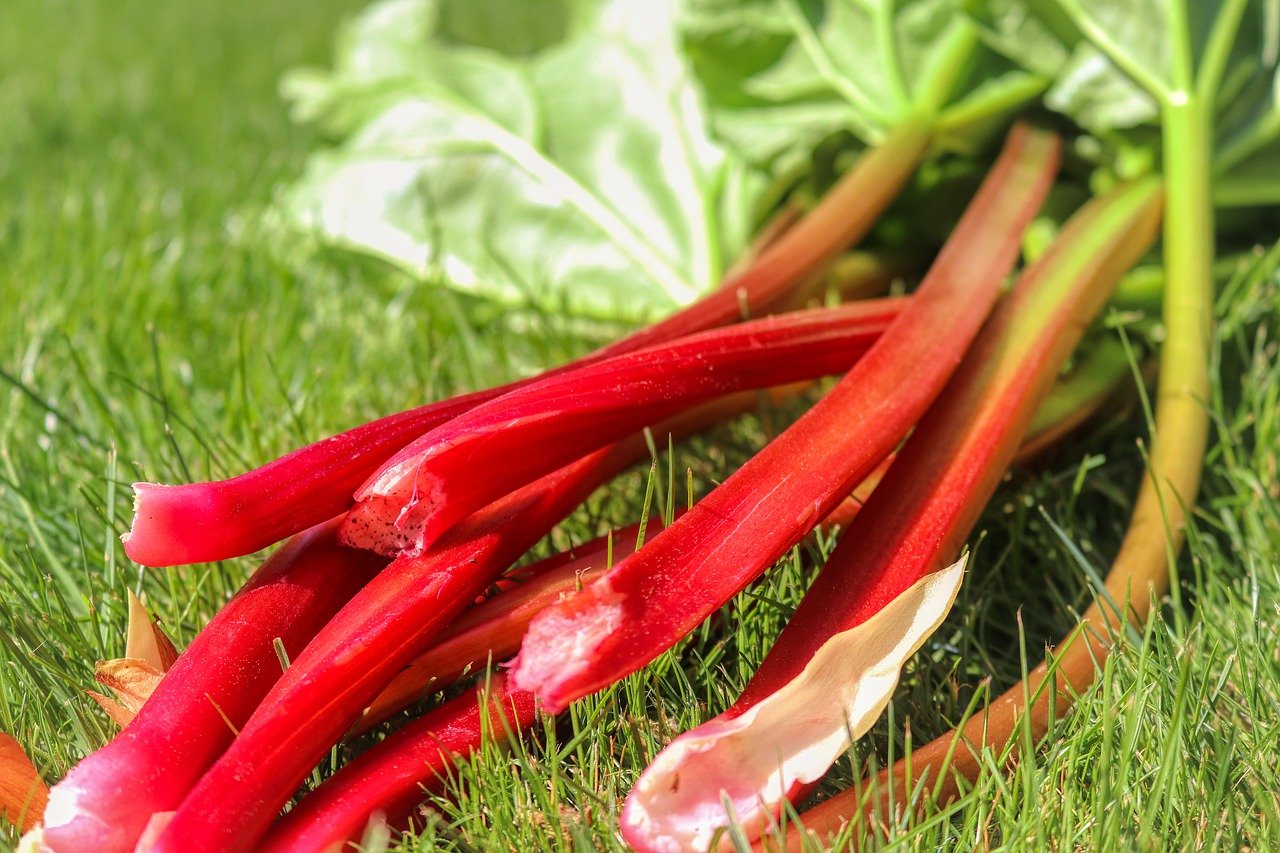
Picking Asparagus and Rhubarb
Rhubarb and asparagus can still be harvested until June 21. After that, the plants need a break so that they can sprout strongly again next year. Rhubarb also contains a lot of oxalic acid in summer and becomes fibrous. It then no longer tastes as good and also increases the risk of kidney stones. However, it can be harvested and enjoyed without hesitation until June 21.
Harvesting Peas
You should harvestpeas at exactly the right time, as this is when they taste best. When the right time is depends on the type of pea you are growing: paler peas can be harvested from the end of May, pigeon peas and sugar snap peas from June. Marrowfat peas can be harvested as soon as you can recognize the peas inside through the pods. You shouldn't wait so long with sugar snap peas: harvest them while they are still completely flat, they are eaten together with the pod. As not all pods ripen at the same time, you can pick through the pea plants every few days until no more new pods are formed. You can read more about Harvesting and Preserving Peas here.
Harvesting Chard and Spinach
June is the last harvest for the first growing season of spinach. As spinach is a long-day plant, it soon begins to flower and is then no longer edible. During flowering, the nitrate concentration in the leaves increases, making the spinach taste very bitter. If you want to produce your own spinach seeds, you can harvest only the outer leaves and leave an inner ring. Otherwise, simply cut off the whole plant with a knife, leaving the roots in the soil. They contain saponins and therefore have a positive effect on soil life and are even said to promote the nutrient uptake of companion plants.
Swiss chard can be harvested from June. Here, too, you don't harvest the whole plant, but only cut off individual leaves from the outside inwards - as required. You can harvest chard again and again until the first frosts. Then you should remove all the leaves and cover the rhizomes with fleece, straw or fir branches. The next year, the chard will sprout again and can be harvested again until it flowers in summer.

Learn More About the Cultures
In our lexicon you will find information on the individual varieties with cultivation periods, tips on planting and the right time to harvest.
Discover the Lexicon NowGardening in June: Caring for Vegetable Plants
Some vegetable plants, such as tomatoes and cucumbers, have only really arrived in the bed in June and are starting to feel really good and come to life. Regular care is now important. You can find out what you need to bear in mind below.
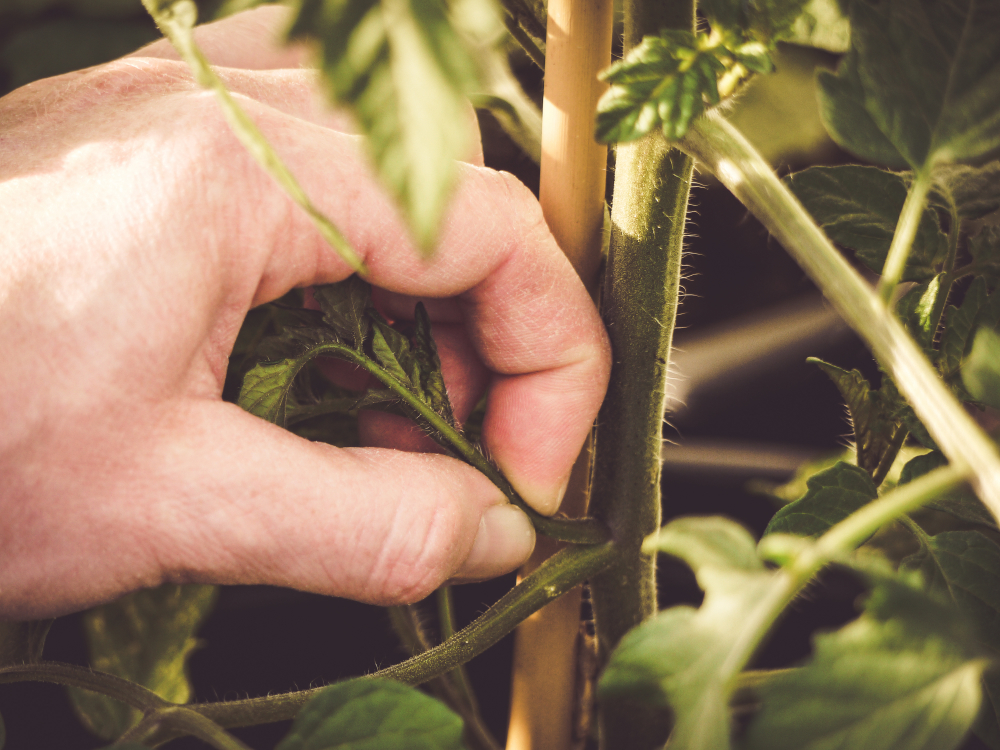
Sprouting and Training Tomatoes
Pole tomatoes must be thinned out regularly in summer. This means that the side shoots that grow in the leaf axils of the main shoot must be removed. These shoots will not produce flowers in time to bear ripe fruit. It is therefore better to concentrate the plant's energy on the main shoot and the flowers and fruit growing on it. This is not necessary with vine tomatoes for the balcony. These have so-called determinate growth, which means that they stop growing at a certain height and produce fruit.
Pole tomatoes need - as the name suggests - a pole to support them. Spiral-shaped poles are ideal for guiding the tomatoes upwards. As they cannot really climb, they need to be wrapped around a turn of the spiral pole every few days. Last but not least, it makes sense to remove the lower leaves and fruit so that there is about 30 cm/11.8 in of space from the ground to the first leaves. This ensures better aeration of the crop and reduces susceptibility to rot and fungal diseases. You can find out more about the Correct Care of Tomatoes here.
Thinning and Watering Cucumbers
Cucumbers also often need to be thinned out a little. Cucumber leaves are very susceptible to mildew. It is therefore extremely important that they can dry again quickly after it has rained. Therefore, regularly remove a few leaves so that the plant is well ventilated. You should also be very careful when watering and never water on the leaves, but only at the base of the stem. However, you should do this very regularly in warm weather, as otherwise the cucumber plants will quickly tend to shed their flowers and fruit set in dry conditions. To ensure that the cucumbers can optimally absorb the water, you should water them either in the evening or early in the morning. If possible, the plants should not be watered during the midday heat, even if their leaves are drooping. Tips for caring for cucumbers can be found here in the article.
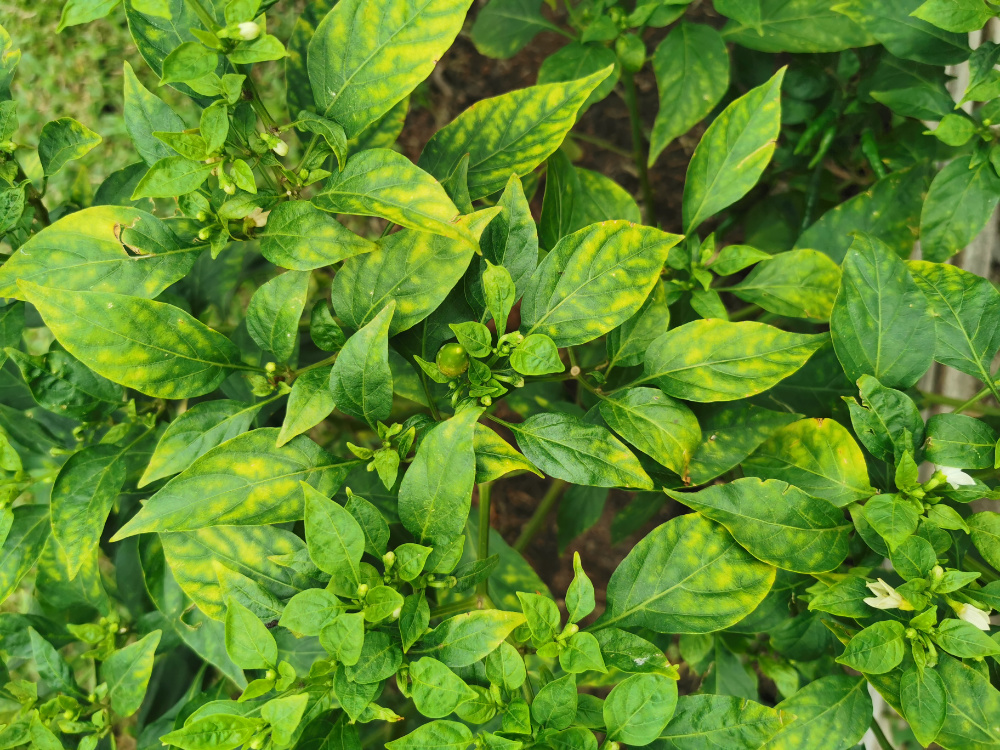
Check Plants for Diseases
To be able to react early to nutrient deficiencies, diseases or pests, you should go out into the garden once a day and check on your plants. The sooner you react, the faster they can recover. You can usually recognize a lack of nutrients by a yellowish discoloration of the leaves. If the leaves of your plants become very light green or yellowish, they probably need a little fertilizer. However, if your plants have wilted areas or look rotten or eaten, it is more likely to be a fungus, bacteria or insect pest. In any case, you should remove the damaged plant parts and dispose of them in the household waste. This will prevent them from spreading uncontrollably via the compost. You can find out How to Recognize and Combat Plant Diseases in this article.
Weeding and Mulching Beds
You should weed regularly between freshly planted young plants and directly sown rows until the plants are large enough to suppress the weeds themselves. Depending on how large the spaces between the plants are and how sensitive they are, you can either do this with a hoe or proceed a little more carefully and pull out the weeds by hand. You can simply leave the plants removed in this way on the bed as long as they are not yet bearing seeds. This way, they are reintegrated into the soil's nutrient cycle and protect the soil from the sun and drying out. However, if the weeds carry seeds, you should never use them as mulch, as you will inadvertently contribute to their spread. You can also Mulch the beds that you don't weed with grass cuttings, straw or leaves from time to time.
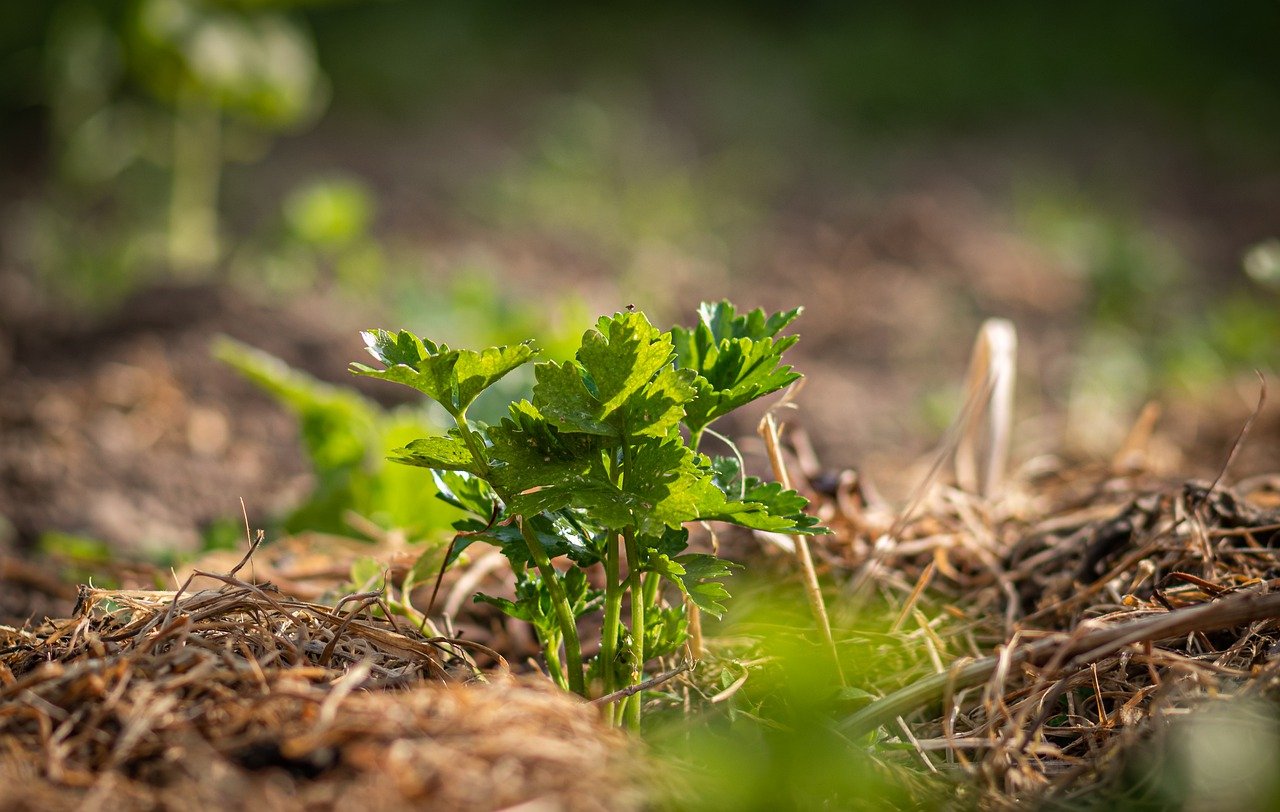
What Can I Plant and Sow in June?
Where you harvest the first crops in June, you can sow again straight away. Lettuce, radishes, kohlrabi or even carrots can be sown again and again in stages to stagger the harvest. This way you always have enough fresh vegetables, but never too many. Make sure that radishes and kohlrabi in particular always have enough water, otherwise they will become woody. Radishes in particular tend to bolt in dry conditions, i.e. they form long inflorescences and only a puny, inedible, pungent root.
Direct Sowing in the Bed
- Bush beans and runner beans can also be sown directly into the bed in June. You can harvest them 2 months later at the earliest, i.e. from the beginning of August. You can find out How to Sow, Care for and Harvest Beans here.
Tip: It's best to plant a combination of beans and savory. The two plants not only get along well as a mixed crop, they also harmonize perfectly in the kitchen. - Peas can also be sown in June. They then bear fruit from August into the fall and can be harvested regularly. They are ideal as a subsequent crop after a heavy feeder such as early potatoes, as they are members of the legume family and form a symbiosis with nitrogen-fixing bacteria, thus replenishing the soil's nutrient stores. Of course, you can also pre-grow your pea plants to give them a head start. You can find out what to consider when Sowing and Propagating Peas here.
- Swiss chard can now also be sown directly. It is also suitable for filling larger gaps in the bed. However, as it has higher nutrient requirements than lettuce or radishes, it should not be planted after heavy feeders such as early potatoes. It is better suited to growing after another medium or light feeder such as radishes or spinach.
Sowing and Planting Zucchinis and Pumpkins
Zucchinis and pumpkins can be sown directly into the bed in June. They grow quickly in warm summer weather. Here too, the first harvest can be harvested approx. 2 months after sowing. When sowing, make sure that the plants have enough space. Zucchinis need at least 1 m²/1.2 yd², pumpkins rather 1.5 - 2 m²/1.8 - 2.4 yd², in order to grow well and not suppress other crops. However, these plants are usually grown in advance in our latitudes so that larger plants can already be planted in the bed. Depending on the region and climate, both may work, but bear in mind that these crops are not hardy!

Preplanting and Sowing Winter Vegetables
Head cabbage, broccoli, savoy cabbage and cauliflower can be sown in June for the fall and winter harvest. As they are very demanding heavy feeders, you should only sow them after light feeders such as lettuce or spinach. You should also give them some compost after they have emerged, unless you are growing them in the first year of a four-year crop rotation. Alternatively, you can work some compost into the surface of the soil before sowing and sow the seeds in a layer of potting compost, which you spread over the fertilized soil. This ensures that the plants always have the right nutrients available, no matter what stage of growth they are in. You can find the right times for Sowing Winter Vegetables Here With a PDF to Download.
Sowing or Planting Leeks Directly
You can also sow Leeks now for the late harvest in fall and winter. As the young plants are very slender at the beginning, you should make sure that the rows of leeks are weed-free when direct sowing. Alternatively, you can also pre-cultivate the leeks in propagators and plant them out later. Once in the bed, it is worth mounding the leeks regularly to keep the shafts nice and pale and tender.
Planting Late Potatoes
Late potatoes can be planted in the ground until the beginning of June. They will then be ready for harvesting from the end of September to mid-October. To plant, place a seed potato every 30 cm/11.8 in in a trench 10 - 15 cm/3.9 - 5.9 in deep. Then cover these with soil again. As soon as the potatoes start to poke their green shoots out of the soil, you can mound them up regularly. This makes it easier for the potatoes to form many tubers in loose soil. The best time to harvest is when all the foliage has withered, as this is when the potatoes are at their largest. However, they can also be harvested from the flowering stage (see above in the tips on early potato harvesting). You can find an Overview of Early and Late Potato Varieties With Popular Varieties here.
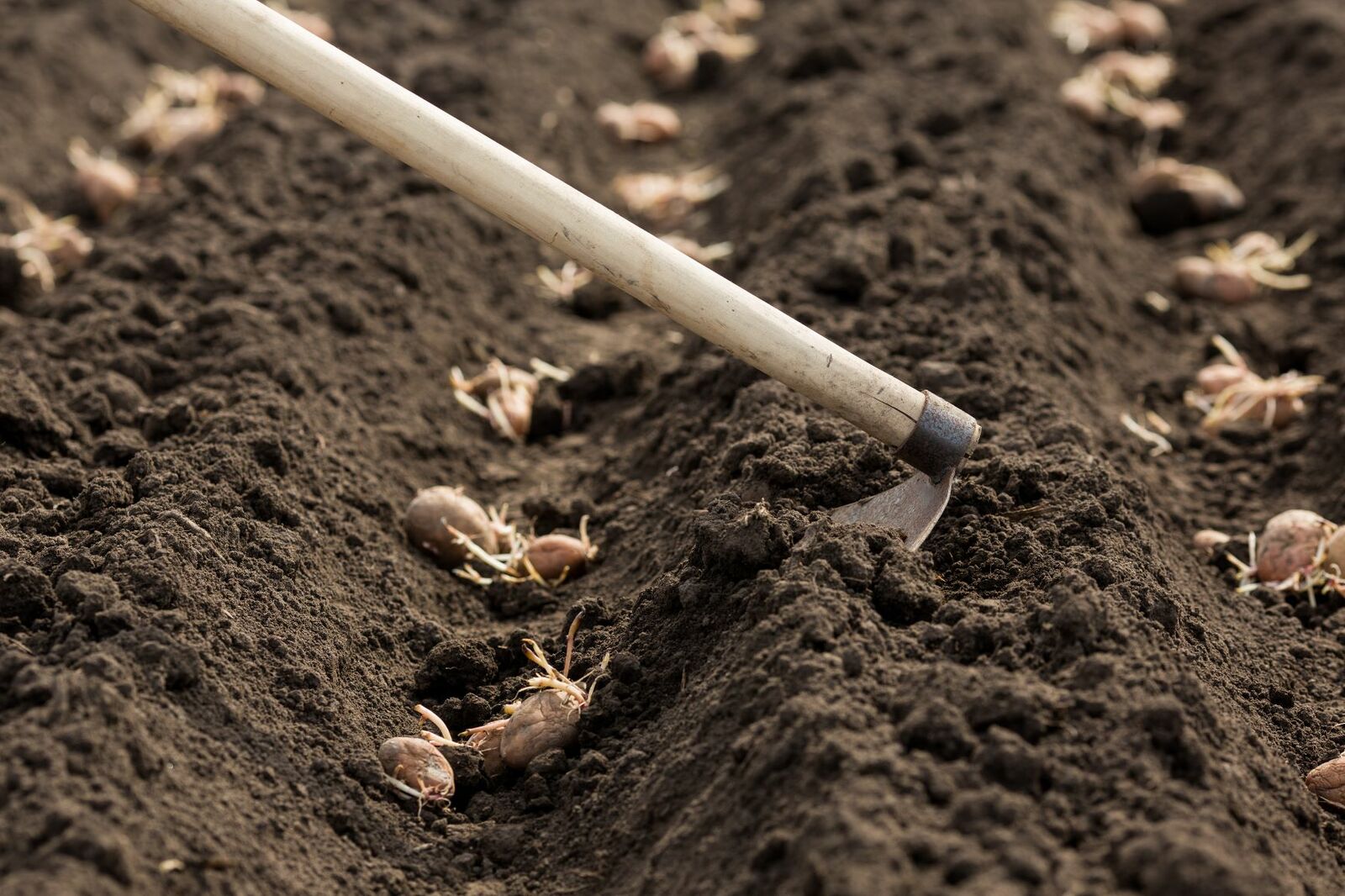
This overview is of course only a small selection of the possible garden activities in June. Nevertheless, we hope that there is something for you too and that you will have lots of fun harvesting, caring for and sowing your vegetables and enjoying delicious dishes with the first summer harvests.
Have we forgotten anything else? Send us an email to [email protected]. Would you like to receive helpful gardening tips all year round and plan your own beds optimally? Then register here or download the Fryd app for Android or iOS.
Fryd - Your digital bed planner

Jonas
Jonas studied agricultural biology. He discovered his passion for plants and gardening through an internship at a permaculture NGO. Since then, he has been gardening on his balcony and in community gardens.
Learn MoreCurrent Topics in the Community

Liked 2 times
My winter onions are also growing quite well. They are of the Red Cross variety. I planted them on 28.10 in a felt pot 60x30x20 cm
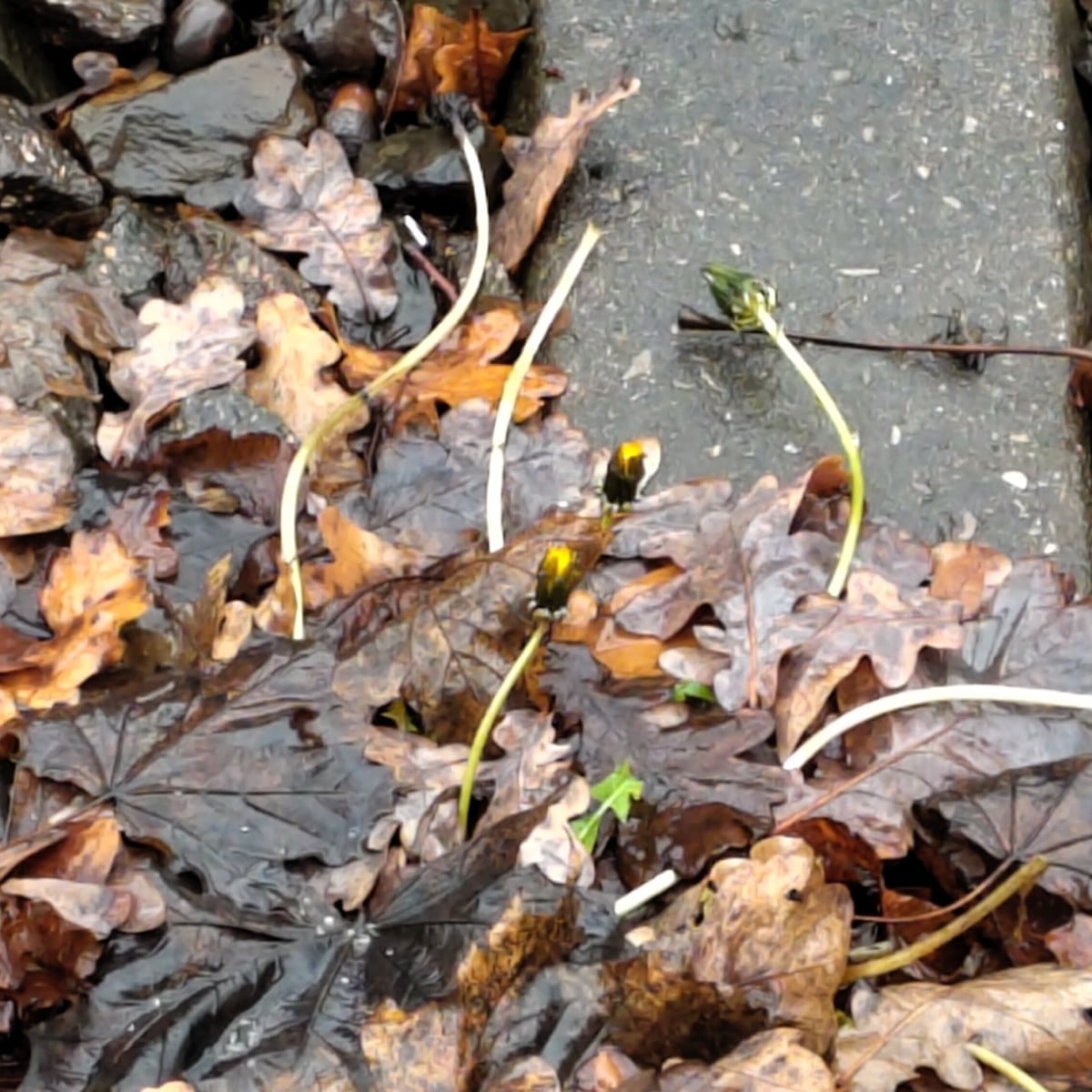
Liked 7 times
Another post from the curiosities section: I noticed this dandelion at the streetcar stop in a 'wintry' 13°C weather. It obviously thinks that snow and double-digit frost were enough winter and is now pushing new flowers through the foliage. It's a shame it's by the tracks, otherwise it would probably have ended up in my salad. 😋
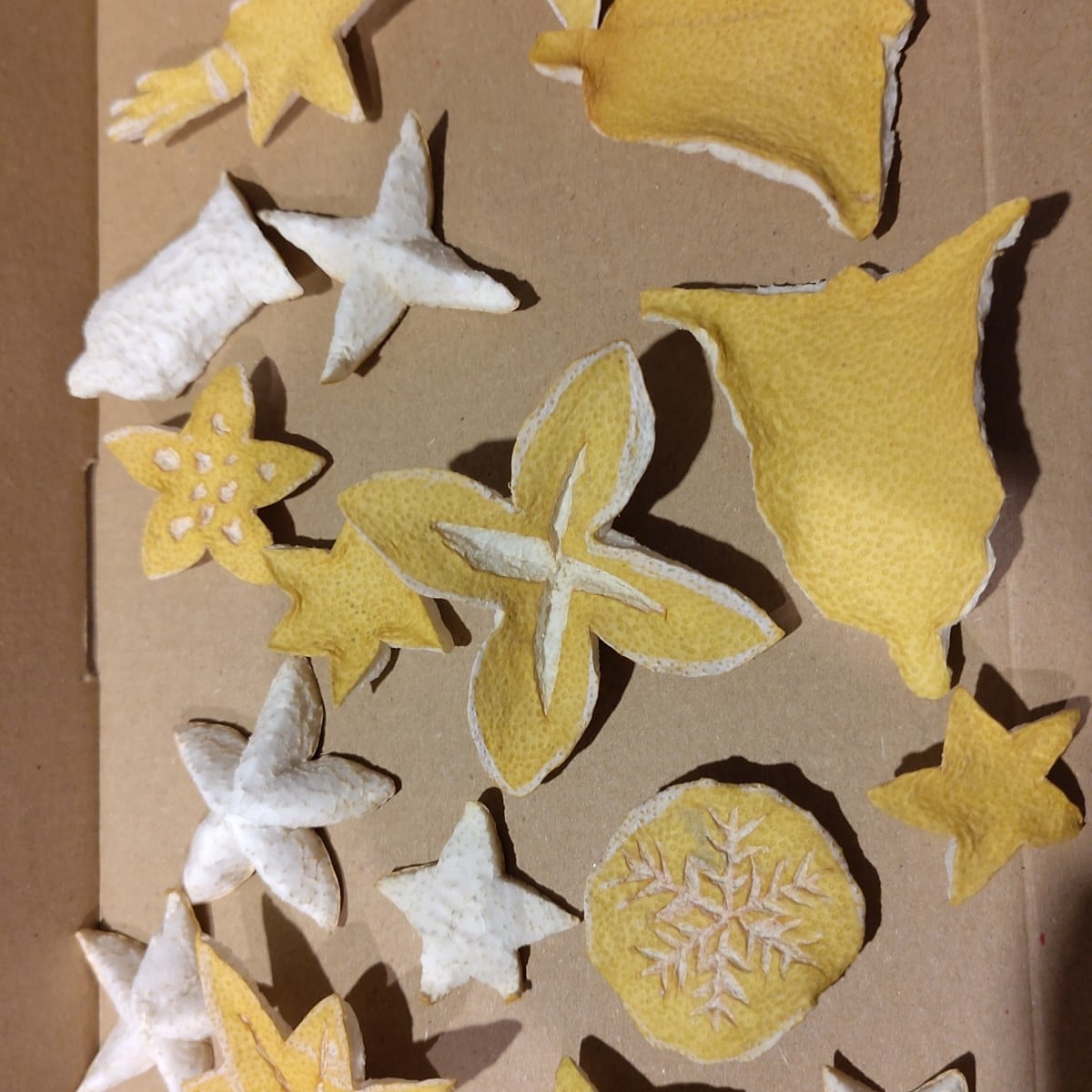
Liked 17 times
As a suggestion for those who eat citrus fruits and have some time in the evening: simply cut a few simple shapes out of them with a sharp knife and dry them on the heater. The next day it was bone dry in our house ;)
Show 3 answersPopular Articles

Overwintering Parsley: How to Do It Successfully

How to Grow Lettuce in Winter: Varieties, Sowing, Harvesting

Growing Sage Plant: Tips for Sowing and Harvesting

What Herbs Can Be Planted Together?

Create & Design a Permaculture Garden

Overwintering Plants: Tubs, Pots and Raised Beds

Pruning, Fertilizing & Propagating Currants: Care Tips

Pruning Raspberries: How to Do It

Vegetable Garden With Greenhouse: How to Use Greenhouse Effect

Winterizing Beds and the Garden: How to Do It
FAQ
Which vegetables can be planted in June?
In June, direct sowing of bush and runner beans, peas, zucchinis, pumpkins, leeks and chard is particularly suitable for sowing or planting young plants in the garden.
Can you still harvest rhubarb in June?
Rhubarb should be harvested by June 21 at the latest, as it then produces too much oxalic acid, which impairs the taste and can be harmful to health.
What should I bear in mind when harvesting early potatoes?
Early potatoes can be harvested around 60 days after planting, when the foliage turns yellow and wilts.
What care do cucumbers need in June?
Cucumbers should be thinned out regularly to promote air circulation and prevent mildew. Watering should be done directly at the base of the stem, especially in the morning or evening.
How do I care for tomatoes in June?
Tomatoes require regular pinching out of the side shoots and training on rods or spirals for optimum growth and fruit formation.